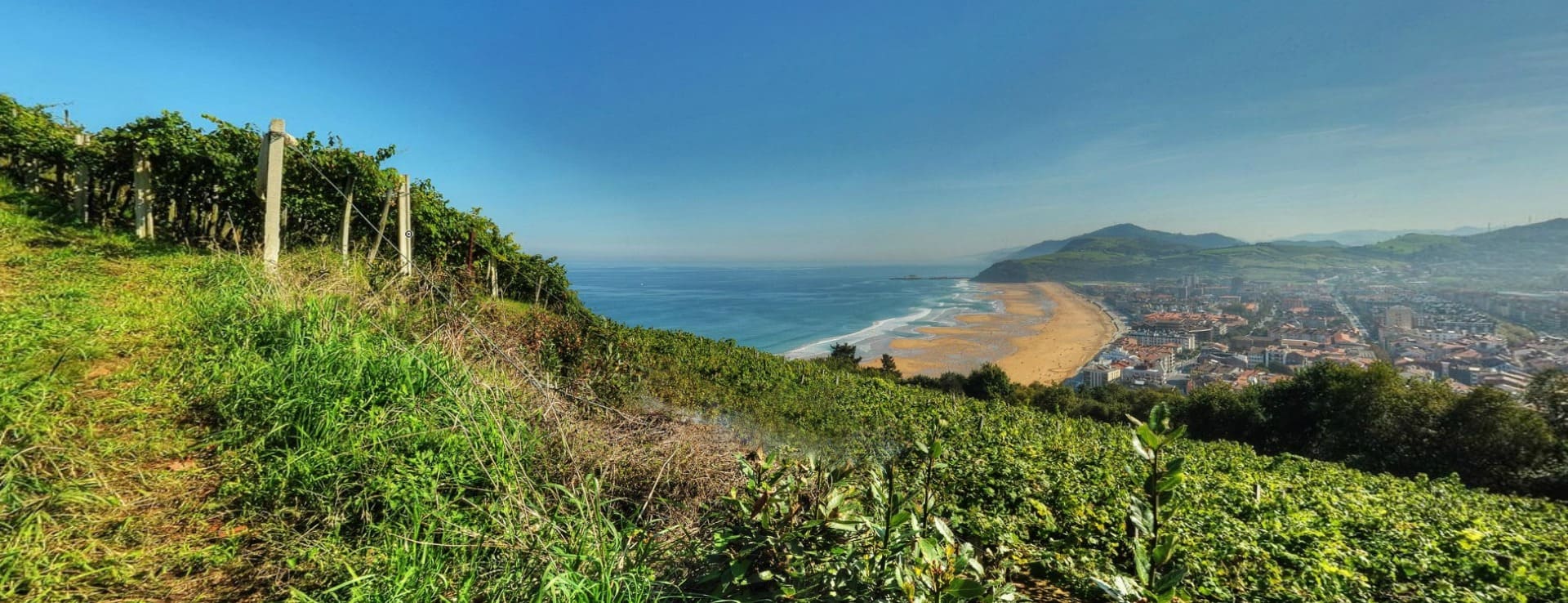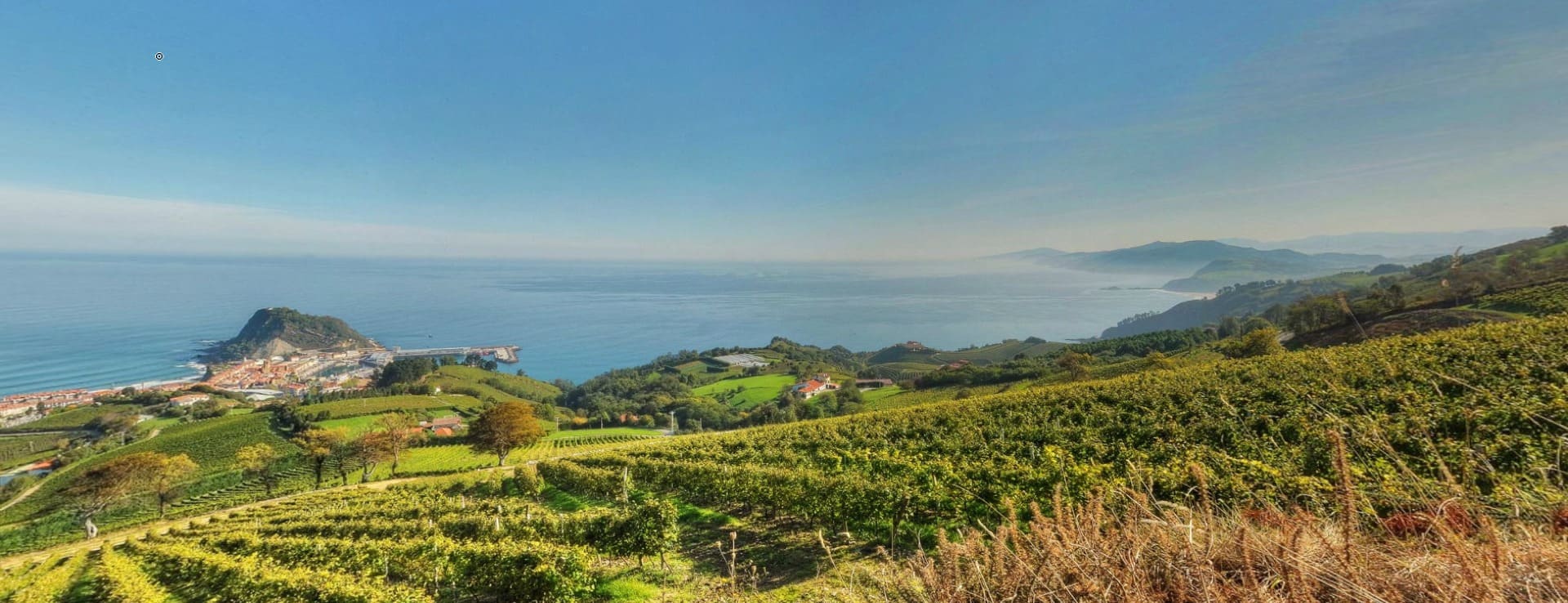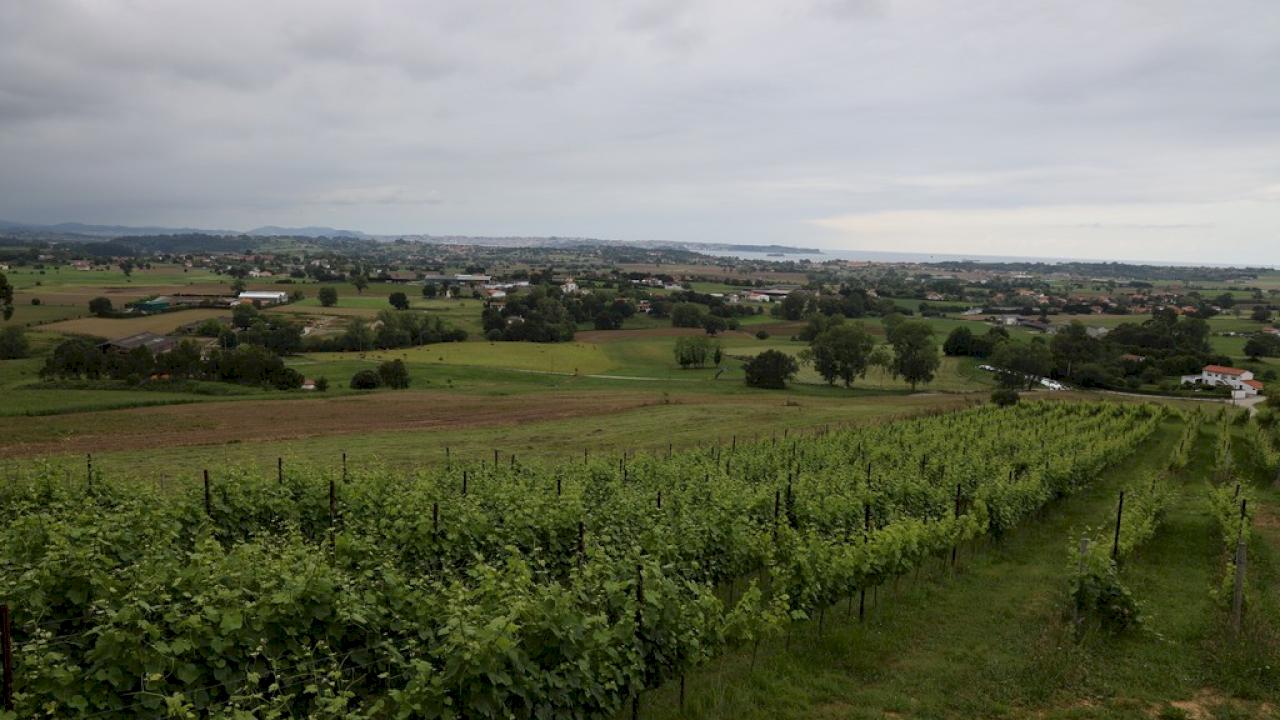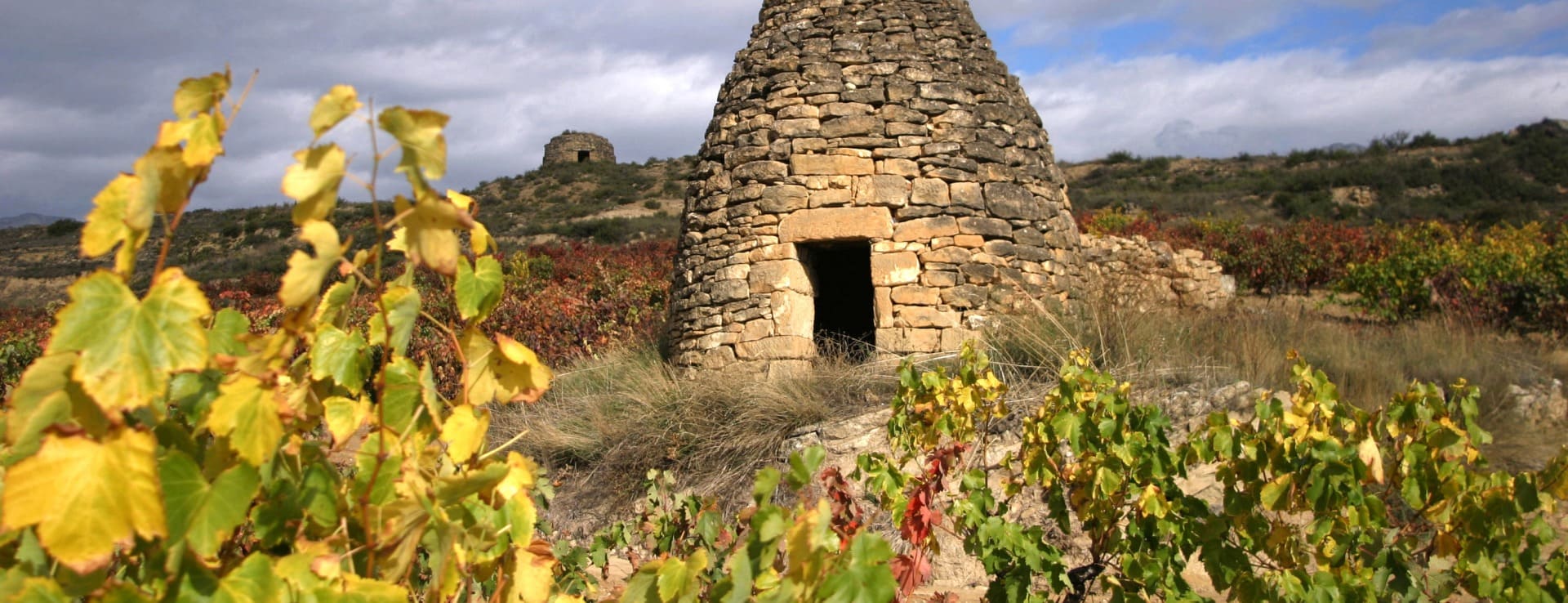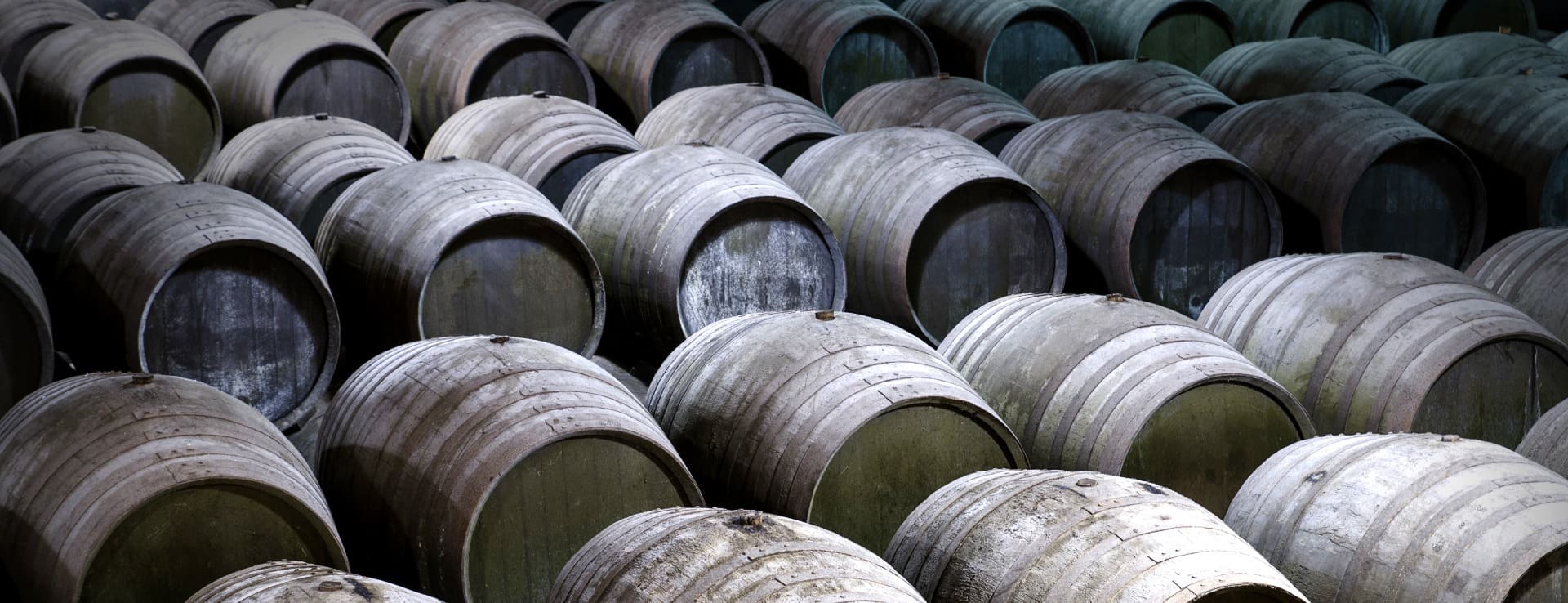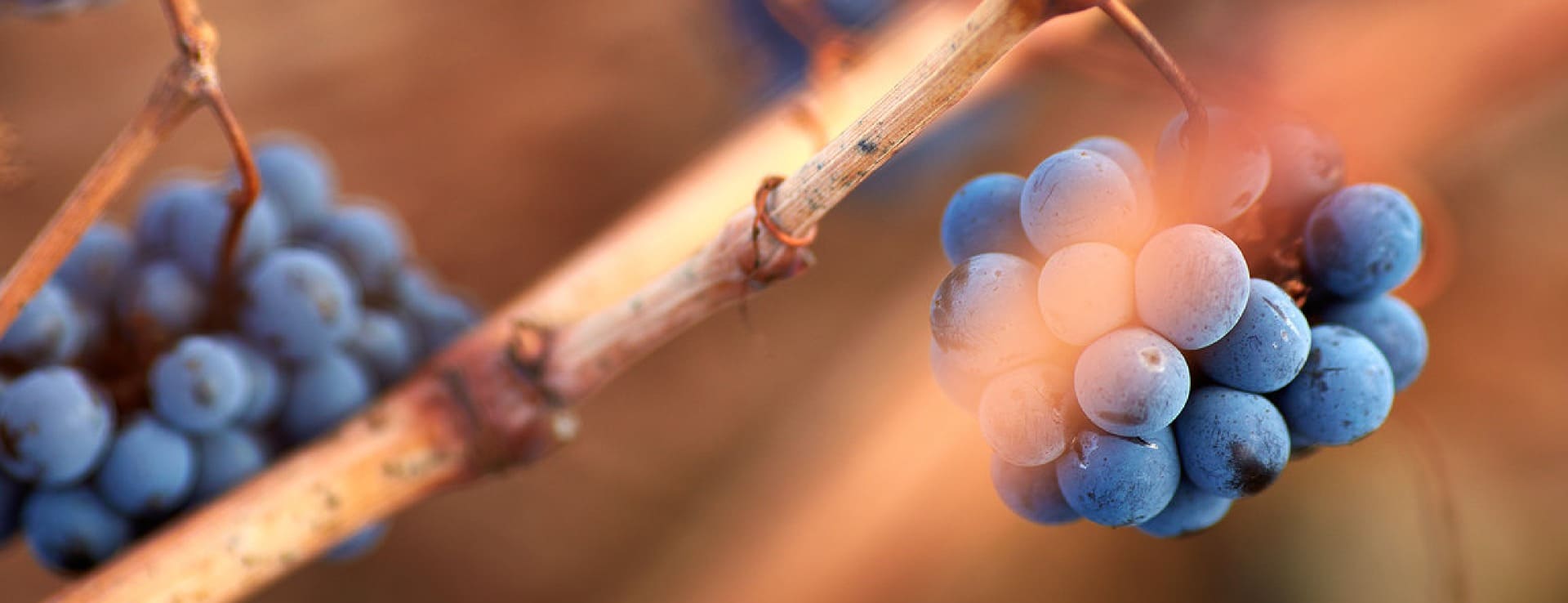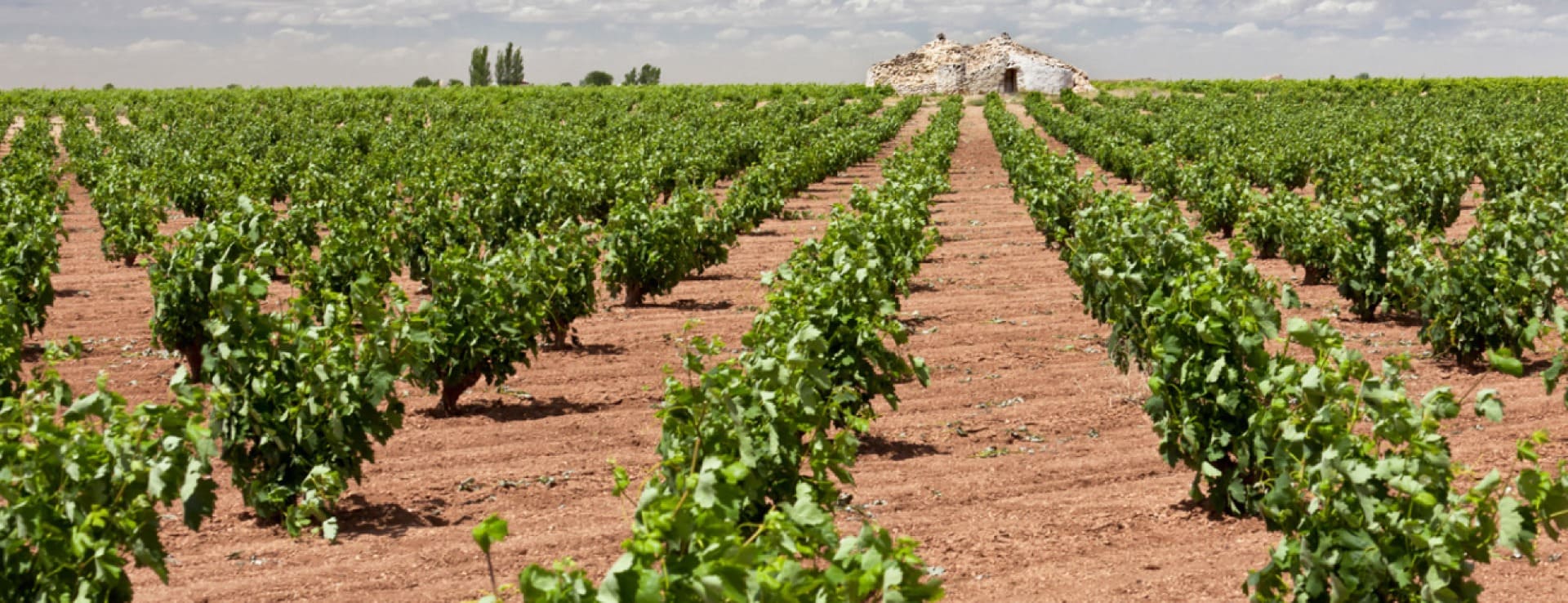Find your winery or vineyard
Infographic of the Denomination of Origin
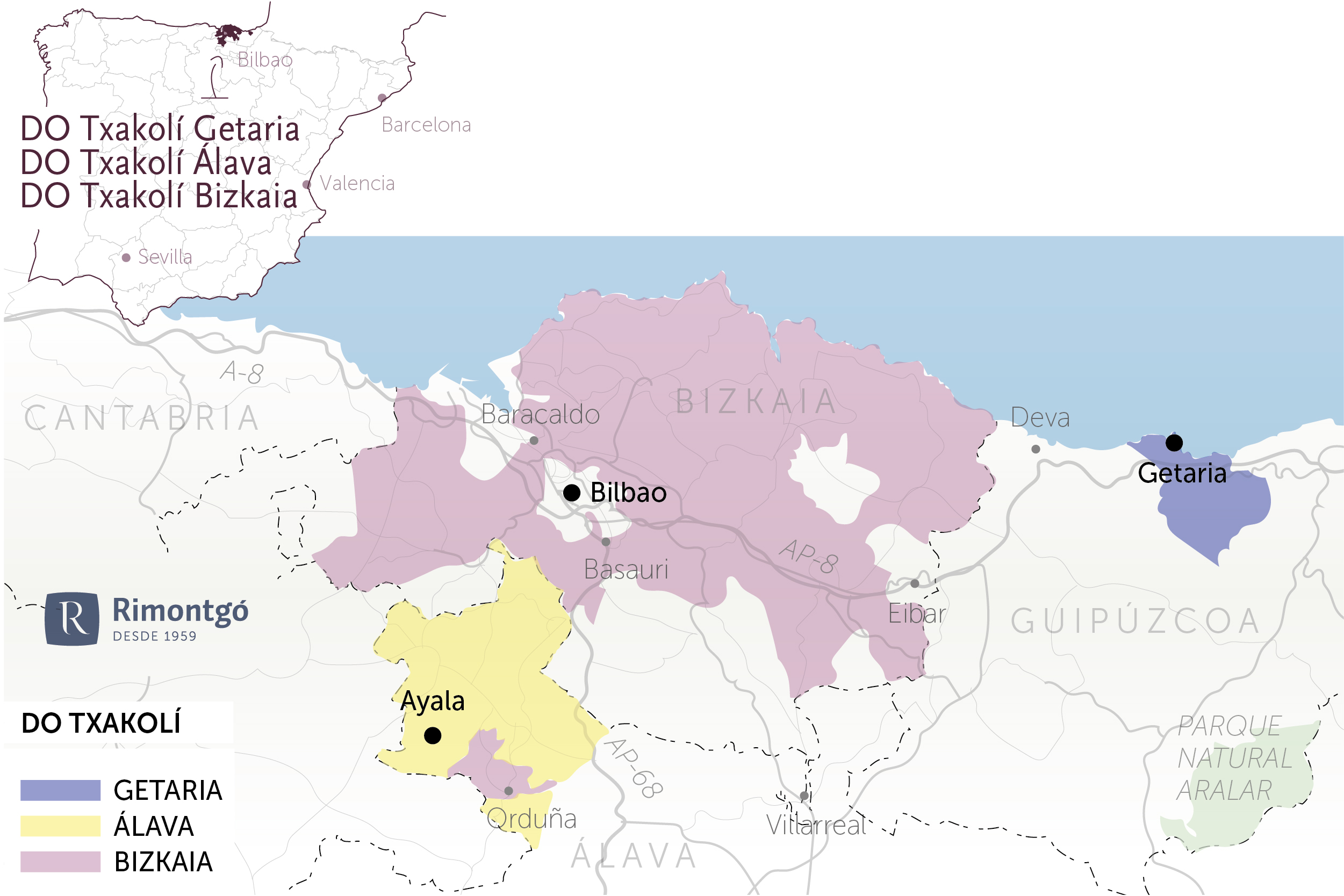
Change to imperial units (ft2, ac, °F)Change to international units (m2, h, °C)
Number of wineries (2017):
85
Total surface area:
593 ha1.465 ac
Maximum production allowed:
13.000 kg/ha11.598 lb/ac
Altitude of the vineyards:
Min: 10m
Max: 400m
Min: 33ft
Max: 1.312ft
Temperature:
Min: 0º
Max: 36º
Min: 32°F
Max: 97°F
Yearly hours of sun:
1.650
Yearly rainfall:
1.200 l/m2111 l/ft2
DO Txakoli Álava - Getaria - Bizkaia
LOCATION AND HISTORY
Txakoli is a young wine, generally white and acid, produced in the Basque Country and protected by three designations of origin. The DO Getariako Txakolina - Txakoli de Getaria, recognised in 1989, encompasses 402 hectares dedicated to vineyards, located in the foothills of the mountains that descend to the sea. The majority are grouped around the towns of Getaria (76%) and Zarautz (22%), to the west of Donostia-San Sebastián, and around the village of Aya (2%).
The vineyards and cellars of the DO Bizkaiko Txakolina - Txakoli de Bizkaia, a demarcation created in 1994, are located in areas very close to the coast, in the inland valleys or on the slopes of the mountains at medium altitude. The regions of Uribe and Urdaibai stand out.
The DO Arabako Txakolina or Txakoli de Álava, registered in 2001, has approximately 60 hectares of vineyards, concentrated in the Region of Aiara, around the cities of Amurrio, Laudio and Aiara.
SOILS
Gipuzkoa and Vizcaya have vineyards near the coast that are normally located on the southeastern slopes to protect themselves from the sea breeze and receive more hours of sunshine. In both regions, altitudes range from 10 to 200 meters above sea level, and terraces are not always generated, but rather planted on the steep slopes themselves. In these cases, the vines are trained with wire or hanged over mounds of land. The soils of Gipuzkoa are composed of a large amount of clay and a layer known as sandstone, while in Vizcaya we are talking about surfaces that are not very deep, slightly acidic, with a loamy clay texture on limestone and marl.
Álava produces a strong diversity of sediments (calcareous clays, ferrous clays and alluvial clays) which give the wines very interesting flavour peculiarities. The soil is slightly alkaline and permeable to rain, which favours the cultivation of the vineyards.
CLIMATE
Among the characteristics of the Basque Country are abundant rainfalls of around 1000 - 1600 mm, with the province of Gipuzkoa having the highest level of rainfall. For this reason, the crop is generally trained with trellises, a trellis high enough to avoid humidity.
Although having the vineyard in high trellis encourages exposure to the sun, cold temperatures throughout the year make the ripening process of the grapes slow. The frequency of the south winds in autumn and the protection of the hills on which the vines are planted from the cold north winds help, providing a fairly temperate climate (the annual average is between 11.8ºC and 13.5ºC).
TYPE OF GRAPE
For the production of txakoli, the main grapes authorised are the white Ondarrabi Zuri and the red Ondarrabi Beltza. In the DO Arabako Txakolina and DO Bizkaiko Txakolina the use of other varieties such as Ondarrabi Zuri Zerratia (Petit Courbu), Mune Mahatsa (Folle Blanche), Izkiriota (Gros Manseng), Izkiriota Ttipia (Petit Manseng) is also authorised, Sauvignon Blanc, Riesling and Chardonnay (the latter three only in the Vizcaya region, where the wineries have also produced new txakoli which have given rise to the protected wines Espumoso de Bizkaia and Vendimia Tardía).
Discover more wineries and vineyards for sale in these wine regions in Spain
Subscribe to our mailing list to receive news about wineries and vineyards.

